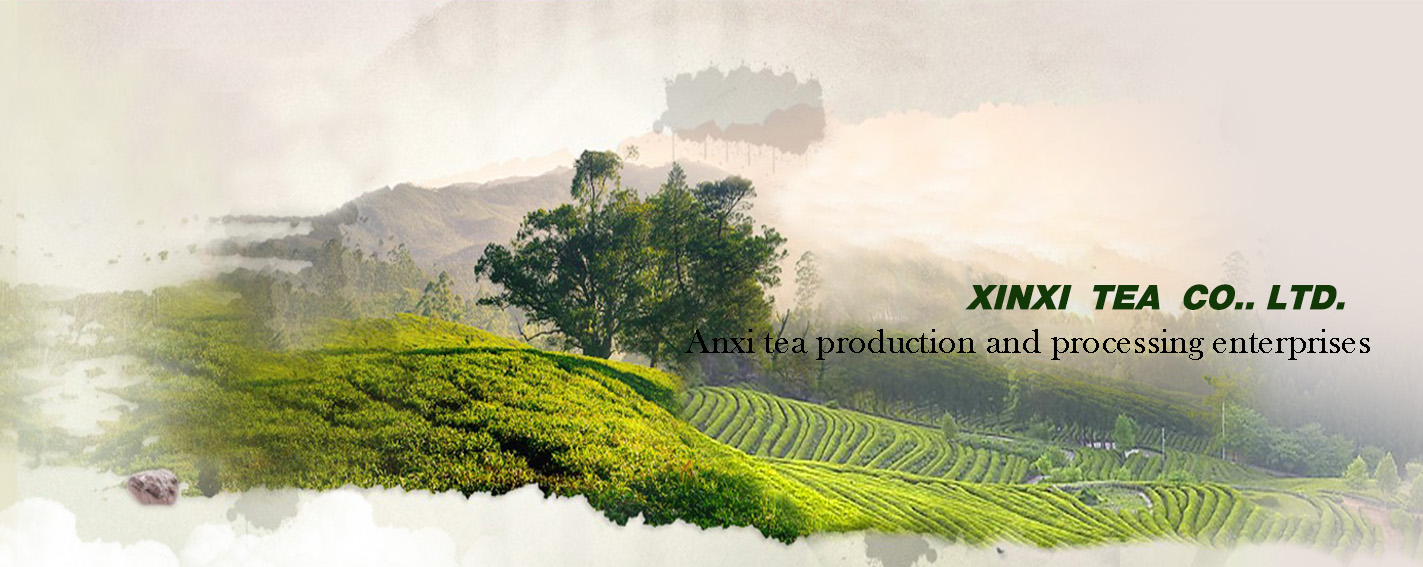White Tea | Black Tea | Dark Tea | Jasmine Tea | Yellow Tea | Green Tea | Oolong Tea
White Tea

The manufacturing method for white tea is characterized by neither destroying the oxidative enzymes nor promoting oxidation, while preserving the special flavor of the tea buds and the fresh, light taste of the tea.
To produce white tea, after plucking, the leaves undergo only two main processes: withering and drying. Withering is the key process, and there are three types: natural indoor withering, combo withering (a combination of indoor and outdoor sunlight withering), and “artificial heat” withering. Which type of withering to use is heavily dependent on weather. For example, natural indoor withering or combo withering is most suitable for sunny spring, sunny autumn or dry summer days. After refinement (removing stems and discolored leaves), the leaves are dried over a slow fire. This slow roasting brings out the aroma of the tea. The tea is dried until the humidity remaining in the leaves is around 4-5 percent. Packing is done while the leaves are still warm.
The characteristics of white tea are silvery white, fleshy/supple buds, clear and slightly yellowish liquor, fresh and pure taste, and tender and evenly infused leaves. The main varieties include Bai Hao Yin Zen/Silver Needles (bud only), Bai Mu Dan/White Peony (bud and two leaves from one of these tea plants: Fuding/Zhenghe/Fuan Dabai or Fuding Dahao), Gong Mei/Tribute Eyebrow, and Shou Mei/Longevity Eyebrow (mature leaves plucked later than the harvest of Silver Needles and Bai Mu Dan).

